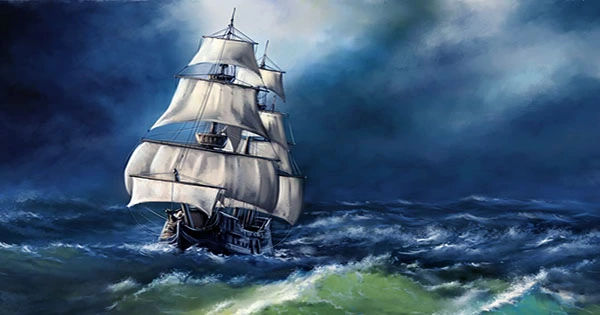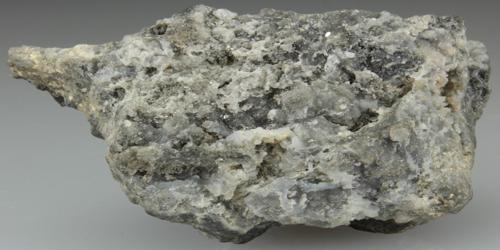On December 5, 1872, the British ship Dei Gratia was about 644 kilometers (400 miles) east of the Azores when it came upon the Mary Celeste, which was drifting aimlessly and unmanned. David Morehouse, the commander of the Dei Gratia, was aware that the ship had set sail for Italy eight days before him and should have arrived by now.
He changed course to assist and dispatched his men onboard. What they discovered only added to the mystery. Although the ship had been abandoned, the crew’s goods remained. The ship had a six-month supply of food and water on board, as well as 1,701 gallons of industrial alcohol, but the crew appeared to have abandoned ship, taking the lifeboat and risking the open seas rather than staying on board.
The Mary Celeste became an enduring mystery fraught with supposition due to the limited evidence provided and the fact that the crew did not subsequently show up. Explanations include everything from foul play to natural occurrences, with a few giant marine monsters tossed in for good measure. Some speculate that Morehouse’s crew assaulted the ship themselves, although this doesn’t explain how the slower ship came up to the faster ship after an eight-day head start.
Given that one of the ship’s two pumps was disassembled and a tiny quantity of water was discovered in the ship’s bottom, one probable argument is that the skipper may not have understood how much water they were bringing on board with one pump down. When they encountered terrible weather later, the captain may have ordered his men to abandon ship rather than risk it sinking. However, a test on a replica hold has bolstered another theory to explain the catastrophe.
According to one scenario, part of the alcohol burst, leading the skipper to panic and order the lifeboat to be launched. It appears straightforward, but the difficulty is that when the ship was discovered, there were no traces of fire or explosion. Dr. Andrea Sella of the University College London Chemistry Department put the notion to the test, simulating wooden barrels using butane gas and paper cubes.
In a news release, Dr. Sella stated, “What we generated was a pressure-wave sort of explosion.” “A beautiful wave of flame erupted, yet the air behind it was comparatively chilly. There was no soot left behind, and no burning or scorching.” “Given the information we have, this closely resembles the conditions on board the Mary Celeste. The explosion would have been powerful enough to blast up the hatches, and everyone on board would have been terrified.”
According to this explanation, the explosion may have frightened the captain enough to order the ship to be abandoned, explaining why there was no trace of an explosion or fire. Dr. Sella stated, “It is the most persuasive answer.” “Of all the theories put out, this one best matches the facts and explains why they were so eager to get off the ship.”
















